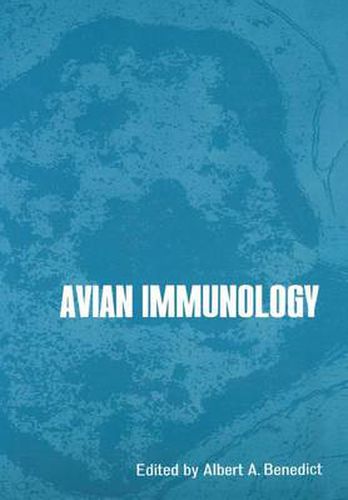Readings Newsletter
Become a Readings Member to make your shopping experience even easier.
Sign in or sign up for free!
You’re not far away from qualifying for FREE standard shipping within Australia
You’ve qualified for FREE standard shipping within Australia
The cart is loading…






This title is printed to order. This book may have been self-published. If so, we cannot guarantee the quality of the content. In the main most books will have gone through the editing process however some may not. We therefore suggest that you be aware of this before ordering this book. If in doubt check either the author or publisher’s details as we are unable to accept any returns unless they are faulty. Please contact us if you have any questions.
The ontogeny of lymphoid cells seems the most appropriate place to start. The early events in T and B cell ontogeny are still confusing. There seems to be no agreement on the data and on the semantics of the question of progenitor vs. stem cells. Nevertheless, we are beginning to understand more about progenitor cells which are committed to particular cell lines, and about stem cells in the sense of having almost unlimited capability of giving rise to undifferentiated progeny. An important future development will be to determine the nature of the substances that attract stem cells and which are produced by specialized thymus epithelium, and perhaps by the bursa. The way stem cells recognize these signals is an important question to answer. Not predictable from mammalian models has been the observation that there is a lack of cells called into the bursa even before the signal for entry of stem cells has been shut off. A likely model suggested that after a certain point in development there were no longer any cells capable of migrating into the bursa and becoming B cells. A fascinating possibility is the suggestion that a cell comes into the bursa, is not committed, then can still wander into the thymus. This cell does not appear to have B cell characteris tics; that is, immunoglobulin is not expressed on its surface.
$9.00 standard shipping within Australia
FREE standard shipping within Australia for orders over $100.00
Express & International shipping calculated at checkout
This title is printed to order. This book may have been self-published. If so, we cannot guarantee the quality of the content. In the main most books will have gone through the editing process however some may not. We therefore suggest that you be aware of this before ordering this book. If in doubt check either the author or publisher’s details as we are unable to accept any returns unless they are faulty. Please contact us if you have any questions.
The ontogeny of lymphoid cells seems the most appropriate place to start. The early events in T and B cell ontogeny are still confusing. There seems to be no agreement on the data and on the semantics of the question of progenitor vs. stem cells. Nevertheless, we are beginning to understand more about progenitor cells which are committed to particular cell lines, and about stem cells in the sense of having almost unlimited capability of giving rise to undifferentiated progeny. An important future development will be to determine the nature of the substances that attract stem cells and which are produced by specialized thymus epithelium, and perhaps by the bursa. The way stem cells recognize these signals is an important question to answer. Not predictable from mammalian models has been the observation that there is a lack of cells called into the bursa even before the signal for entry of stem cells has been shut off. A likely model suggested that after a certain point in development there were no longer any cells capable of migrating into the bursa and becoming B cells. A fascinating possibility is the suggestion that a cell comes into the bursa, is not committed, then can still wander into the thymus. This cell does not appear to have B cell characteris tics; that is, immunoglobulin is not expressed on its surface.